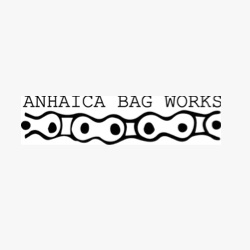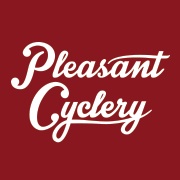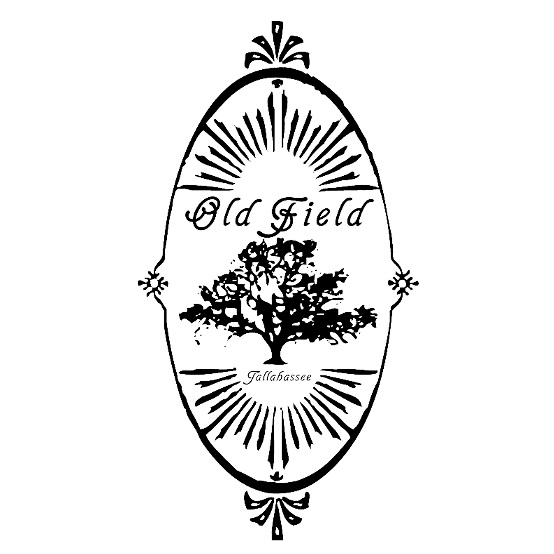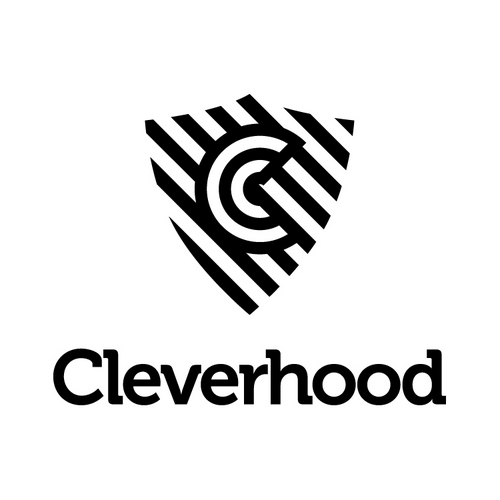In our adventure through the Kootenay loop thus far, we've biked up one side and down the other of Kootenay Lake, camped at the foot of Kokanee Glacier, crossed over a mountain pass near Kaslo, and descended into another valley that holds Slocan Lake. Thanks to some excellent ranger programs at the Kokanee Creek campground, I've accumulated enough natural history knowledge to give you a less disjointed idea of what it's like here.
This is an inland rainforest, most of the time. Meaning: the drought in California is advancing, affecting all of the states and provinces North and East. Temperatures this summer are about 20 degrees higher than normal, which drastically affects fire conditions and glacial outflows. We just avoided a giant wildfire that was creeping up on the city of Nelson, and smoke from that fire has created a haze clouding the never ending views of the valleys.
Travis is reading a book called "The Big Burn," about a 1910 firestorm that consumed 300 acres in Montana and Canada, which was the impetus for not only the creation of the field of forestry, but also sparked the nation's first real conservation movement AND no-burn policies. Well, that Only You Can Prevent Forest Fires mentality is really biting everyone in the ass right now. There is a fire ban in all of British Columbia right now because everyone is terrified that one stray flame could turn this whole tinderbox of a valley into a wildfire.
Additionally, there was hardly any snow in this region over the winter. When we hiked up to Kokanee Lake, we were told that last year parts of the lake remained locked under four feet of solid ice, even into August. This year the whole lake is melted, and the Kokanee Glacier ice cap is getting smaller and smaller. That glacier melt is responsible for feeding all the rivers that this ecosystem depends on.
As I said before, this is a rainforest. In fact, it's the farthest inland rainforest in Canada. The whole ecosystem depends on water to support the keystone species, which is Kokanee salmon. Otters, eagles, bears, waterbirds, and even the trees themselves rely on these landlocked salmon for nourishment through their eggs, flesh, and nutrients that are deposited in the soil when they die in the rivers.
We're also recognizing some of the same plants that we saw last year in Washington and Oregon, like berries, ferns, and giant conifers. The thimbleberries are our favorites to munch on, but we've also spotted wild raspberries and the grizzly bear's favorite-- huckleberries.
Just so you know, there have been no close calls with any grizzlies yet. Not that there aren't any grizzlies around here, mind you. We attended a thrilling bear lecture at a ranger program at Kokanee Creek, and learned about grizzly management and conservation. Humans have segmented grizzly populations into pockets throughout the Rockies, meaning that the bears aren't able to mingle and reproduce. When they do try and cross over roads and through towns, they get into trouble because of the temptations of garbage cans and fruit trees. Many bears are killed when they leave natural areas. The same thing is happening in Florida right now. Not only are our major interstates keeping bears from genetically variable procreation, the Florida Fish and Wildlife Service is dealing with suburban black bear conflicts by allowing bear hunts for the first time in decades. So everyone, if you share your neighborhood with bears, remove the temptations that attract them by locking your garbage and electric fencing your fruit trees and chickens! It will make life better for people and bears.









